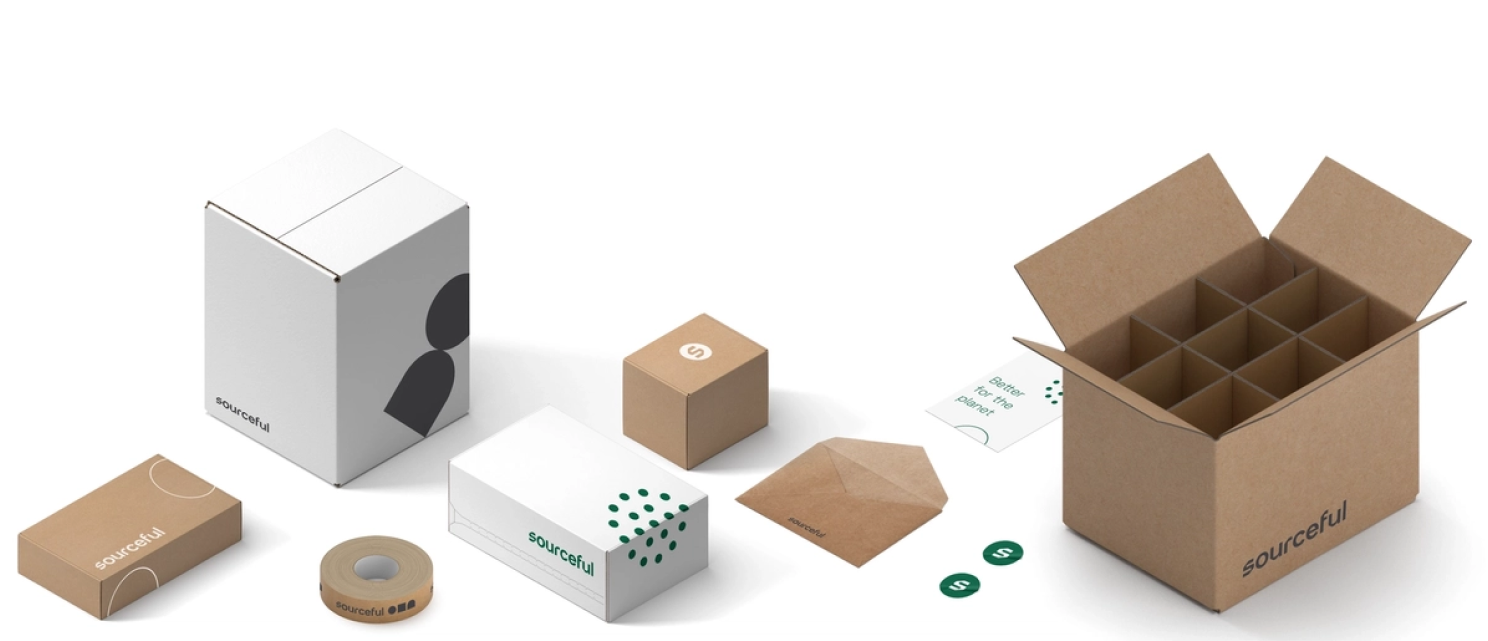2 proven strategies to build supply chain resilience

From supplier bankruptcy and labour disputes to material shortages and natural disasters, disruptions to your supply chain today are almost certain. Many of these disruptions aren't new, but they are becoming more frequent. Natural disasters, for example, have surged over the last twenty years. From 2000 to 2019, there were 7,348 major natural disasters worldwide; between 1980 and 1999, there were 4,212.
For your business, the risks are widespread. Natural disasters can lead to material shortages, in turn driving prices up and causing stockouts. Factories might shut down because of bankruptcy, pandemics or weather events, affecting manufacturing, fulfilment and distribution. And unpredictable events like a ship blocking the Suez Canal can result in huge delays. Whatever shape they take, disruptions can cost your business time and money.
What's needed to reduce their impact is supply chain resilience. Supply chain resilience is simply a supply chain's ability to react, adapt and recover. It includes everything from strong supplier relationships to having backup products. The more resilient your supply chain is, the better your business will fair when crisis hits. Supply chain resilience is necessary because disruptions today are more about when than if, and because most supply chains are long, complex and global. Yes, global supply chains have their benefits, but they also mean disruptions are felt by many, not just a few.
With both frequent disruptions and supply chains that rely on hundreds of global parts, resilience is more important than ever. Some businesses still see it as a nice-to-have, but in doing so miss how costly it is to not have it.
Here are two straightforward strategies you can use to build supply chain resilience.
Buffer inventory: the simple approach
Buffer inventory (also known as safety stock) is surplus inventory, usually held in a warehouse. By having extra, you're less likely to run out if your supply chain is disrupted or if demand suddenly soars. It's the most straightforward way to build supply chain resilience and gives you some breathing room to keep moving forward.
Holding buffer inventory is relatively simple, but it has its challenges. Buying surplus will affect cash flow, and storing surplus requires space and capital, meaning buffer inventory can be expensive if not properly managed. You also need to decide how much buffer to stock, which is tricky. Too much and you might cut into margins. Too little and you might not have enough buffer to prevent a stockout.
For buffer inventory to work, you need two things: visibility and an efficient workflow. Without visibility, it's hard to know how much buffer to stock, and it's easy to make costly assumptions instead of informed decisions. And without an efficient workflow, managing buffer can become a complex task.
To give businesses visibility and allow them to easily manage inventory, we built Auto-Stock. With it, you can store inventory in our warehouse and have powerful software track usage. You can then get visibility into everything via a live dashboard and leverage insights to calculate the right amount of buffer. That way you can balance needs with constraints and build resilience at the same time.
Work with a supplier network
Relying on one supplier is risky. If, for example, flooding forces them to shut down, you will likely be left with delays to production, replenishment and more. In short, anything that affects them will probably affect you. With disruptions becoming more common, erratic and volatile, this risk is multiplied.
Working with a network of suppliers is a safer, more resilient option. If one is disrupted, you can switch to another quickly and avoid the hazards of one source of supply. You can think of a supplier network as a safety net, and the more suppliers you have the bigger the net.
Having multiple suppliers also allows you to meet surges in demand. Every supplier has a capacity, and if, for example, you rely on only one for a critical product component, you could exceed their capacity. But with multiple suppliers, the total capacity is much higher, which allows you to meet demand time and time again.
With Sourceful, you can access a global network of suppliers. And every one has been vetted to ensure they meet rigorous standards across quality, compliance, working conditions and sustainability. We've done this so there's already a trusted network in place, and you don't have to build one from the ground up. What's more, it means you don't have to manage multiple suppliers either — one of the challenges of a safety net. Sourceful manages everything, so you can build resilience without the workload.
Building supply chain resilience is a necessity. You can do it in small steps, using strategies like the two above, but however you do it, it's a smart choice that protects your business.
Other articles you might be interested in
Interested in creating the perfect packaging for your brand?
about your printing needs.

.png)






